Increasing Prevalence of Malaria
The Quinine Market is experiencing a notable surge in demand due to the increasing prevalence of malaria in various regions. According to health reports, malaria cases have been on the rise, particularly in tropical and subtropical areas. This uptick in malaria incidence has led to a heightened need for effective treatments, with quinine being a traditional and well-established remedy. The World Health Organization has indicated that quinine remains a critical component in the treatment of severe malaria, thus driving its demand in the market. As healthcare systems strive to combat this disease, the Quinine Market is likely to see sustained growth, as healthcare providers seek reliable solutions to address the challenges posed by malaria.
Growing Interest in Herbal Medicine
The Quinine Market is benefiting from a growing interest in herbal medicine and natural remedies. Consumers are increasingly turning to traditional treatments, including quinine, as they seek alternatives to synthetic pharmaceuticals. This trend is particularly pronounced among health-conscious individuals who prefer natural solutions for their ailments. The rise of herbal medicine is supported by various studies that highlight the efficacy of natural compounds in treating diseases. As a result, the Quinine Market is poised for expansion, as manufacturers and suppliers adapt to this shift in consumer preferences. The integration of quinine into herbal formulations may further enhance its appeal, potentially attracting a broader customer base.
Expansion of Pharmaceutical Applications
The Quinine Market is experiencing an expansion in pharmaceutical applications, which is driving its growth. Quinine Market is not only utilized for treating malaria but is also being explored for its potential benefits in other medical conditions, such as nocturnal leg cramps and certain types of arrhythmias. This diversification of applications is supported by ongoing research that aims to uncover new therapeutic uses for quinine. As pharmaceutical companies invest in studies to validate these applications, the Quinine Market may witness an increase in product development and innovation. This trend could lead to a broader range of quinine-based products entering the market, thereby enhancing its overall market presence and appeal.
Regulatory Support for Traditional Medicines
The Quinine Market is likely to benefit from increasing regulatory support for traditional medicines. Governments and health organizations are recognizing the importance of integrating traditional remedies into modern healthcare systems. This shift is evident in various countries where policies are being developed to promote the use of herbal and traditional medicines, including quinine. Such regulatory frameworks not only validate the use of quinine but also encourage research and development in this area. As a result, the Quinine Market may experience enhanced credibility and acceptance, leading to increased investment and innovation. This supportive environment could facilitate the growth of quinine-based products, making them more accessible to consumers.
Rising Awareness of Side Effects of Synthetic Drugs
The Quinine Market is witnessing a shift in consumer awareness regarding the side effects associated with synthetic drugs. As more individuals become informed about the potential risks of conventional medications, there is a growing inclination towards natural alternatives, including quinine. This trend is particularly relevant in the context of chronic diseases where long-term medication use is common. The adverse effects of synthetic drugs have prompted patients and healthcare providers to explore safer options, thereby increasing the demand for quinine as a viable treatment. Consequently, the Quinine Market is likely to see a rise in product offerings that emphasize the natural and traditional aspects of quinine, catering to this emerging consumer preference.


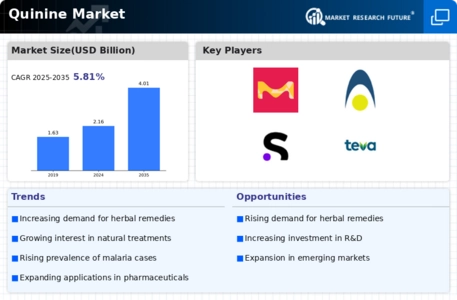
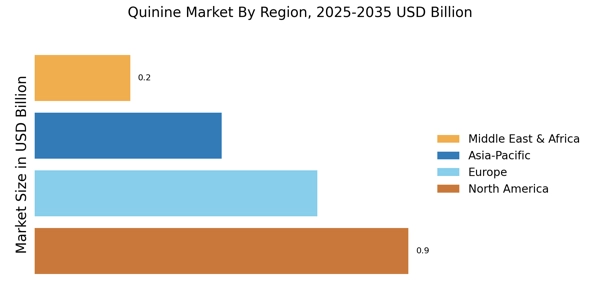


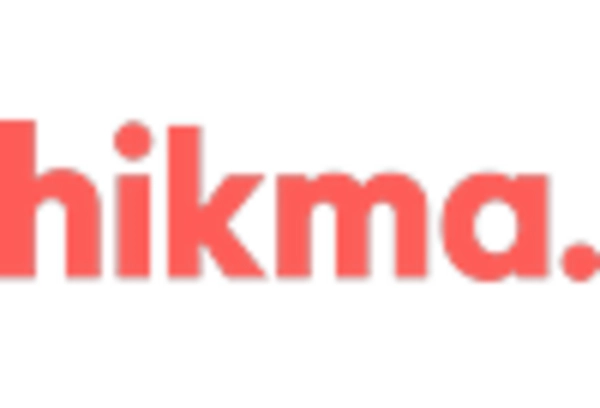
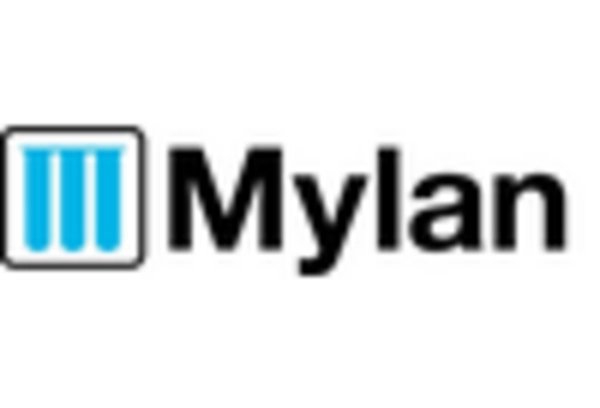

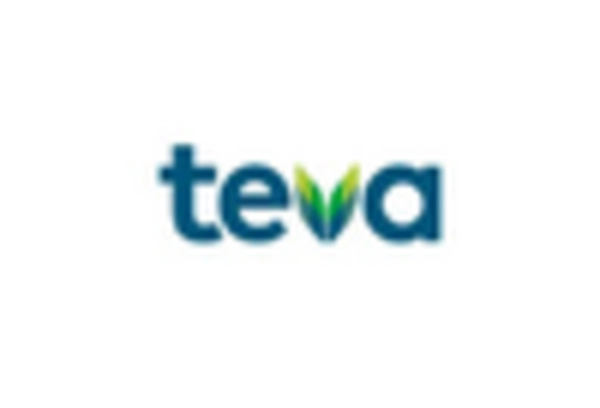








Leave a Comment